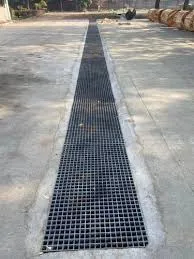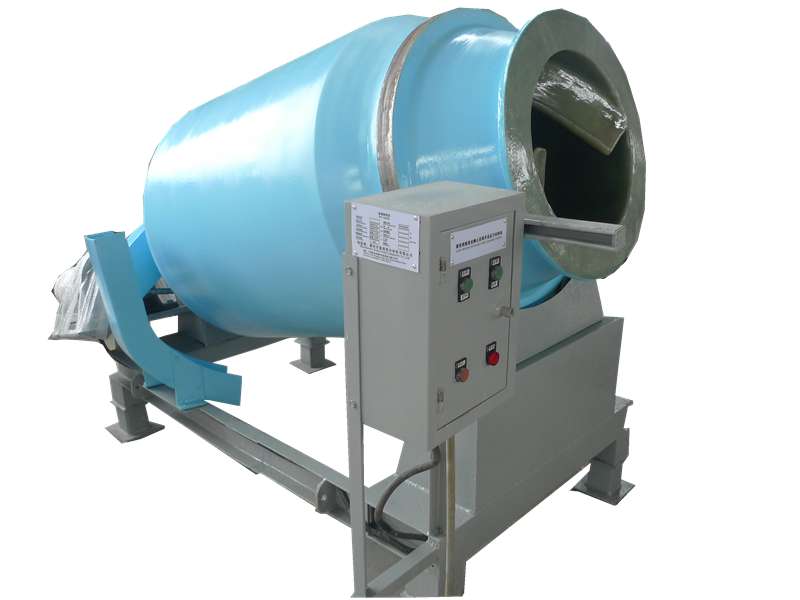
-
 Afrikaans
Afrikaans -
 Albanian
Albanian -
 Amharic
Amharic -
 Arabic
Arabic -
 Armenian
Armenian -
 Azerbaijani
Azerbaijani -
 Basque
Basque -
 Belarusian
Belarusian -
 Bengali
Bengali -
 Bosnian
Bosnian -
 Bulgarian
Bulgarian -
 Catalan
Catalan -
 Cebuano
Cebuano -
 China
China -
 China (Taiwan)
China (Taiwan) -
 Corsican
Corsican -
 Croatian
Croatian -
 Czech
Czech -
 Danish
Danish -
 Dutch
Dutch -
 English
English -
 Esperanto
Esperanto -
 Estonian
Estonian -
 Finnish
Finnish -
 French
French -
 Frisian
Frisian -
 Galician
Galician -
 Georgian
Georgian -
 German
German -
 Greek
Greek -
 Gujarati
Gujarati -
 Haitian Creole
Haitian Creole -
 hausa
hausa -
 hawaiian
hawaiian -
 Hebrew
Hebrew -
 Hindi
Hindi -
 Miao
Miao -
 Hungarian
Hungarian -
 Icelandic
Icelandic -
 igbo
igbo -
 Indonesian
Indonesian -
 irish
irish -
 Italian
Italian -
 Japanese
Japanese -
 Javanese
Javanese -
 Kannada
Kannada -
 kazakh
kazakh -
 Khmer
Khmer -
 Rwandese
Rwandese -
 Korean
Korean -
 Kurdish
Kurdish -
 Kyrgyz
Kyrgyz -
 Lao
Lao -
 Latin
Latin -
 Latvian
Latvian -
 Lithuanian
Lithuanian -
 Luxembourgish
Luxembourgish -
 Macedonian
Macedonian -
 Malgashi
Malgashi -
 Malay
Malay -
 Malayalam
Malayalam -
 Maltese
Maltese -
 Maori
Maori -
 Marathi
Marathi -
 Mongolian
Mongolian -
 Myanmar
Myanmar -
 Nepali
Nepali -
 Norwegian
Norwegian -
 Norwegian
Norwegian -
 Occitan
Occitan -
 Pashto
Pashto -
 Persian
Persian -
 Polish
Polish -
 Portuguese
Portuguese -
 Punjabi
Punjabi -
 Romanian
Romanian -
 Russian
Russian -
 Samoan
Samoan -
 Scottish Gaelic
Scottish Gaelic -
 Serbian
Serbian -
 Sesotho
Sesotho -
 Shona
Shona -
 Sindhi
Sindhi -
 Sinhala
Sinhala -
 Slovak
Slovak -
 Slovenian
Slovenian -
 Somali
Somali -
 Spanish
Spanish -
 Sundanese
Sundanese -
 Swahili
Swahili -
 Swedish
Swedish -
 Tagalog
Tagalog -
 Tajik
Tajik -
 Tamil
Tamil -
 Tatar
Tatar -
 Telugu
Telugu -
 Thai
Thai -
 Turkish
Turkish -
 Turkmen
Turkmen -
 Ukrainian
Ukrainian -
 Urdu
Urdu -
 Uighur
Uighur -
 Uzbek
Uzbek -
 Vietnamese
Vietnamese -
 Welsh
Welsh -
 Bantu
Bantu -
 Yiddish
Yiddish -
 Yoruba
Yoruba -
 Zulu
Zulu
Jan . 24, 2025 04:25
Back to list
Dual Laminate Products
In the world of modern plumbing infrastructure, the quest for durability, efficiency, and sustainability in sewer systems is ever-evolving. Traditionally, fiberglass sewer pipes have been a popular choice due to their lightweight nature and resistance to corrosion. However, with advancements in technology and materials, several alternatives are gaining traction, each offering unique benefits. Here we explore some of these promising alternatives, examining their strengths, applications, and the reasons they are making waves in the industry.
Ductile iron pipes coated with protective linings present another viable alternative to fiberglass. While traditionally not the first choice for sewer systems due to corrosion issues, modern protective linings made from materials such as zinc, epoxy, or polyurethane significantly enhance their lifespan and performance. These linings fend off corrosive substances commonly found in sewer environments, making ductile iron a reliable option in areas requiring heavy-duty infrastructure. The combination of iron’s strength and modern linings’ protection provides both structural integrity and durability necessary for high-traffic areas. Glass Reinforced Plastic (GRP) Pipes Similar to fiberglass, GRP pipes offer a composite solution that combines the robustness of glass fibers with the flexibility of resin matrices. What sets GRP pipes apart is their enhanced resistance to chemical attacks and their lighter weight compared to traditional fiberglass. GRP pipes are increasingly used in environments where aggressive substances are present, ensuring long-term performance with minimal maintenance. Furthermore, their ability to be customized in terms of diameter and length makes them suitable for both renovation projects and new installations. Clay Pipes While it may seem counterintuitive to consider clay—a material used since ancient times—as a modern alternative, advances in manufacturing have given clay pipes a new lease on life. Vitrified clay pipes are renowned for their environmental compatibility, being 100% natural and recyclable. Their longevity and resistance to chemical erosion make them an excellent choice for gravity sewer systems. Furthermore, recent improvements in jointing technology have expanded clay pipes’ ability to prevent infiltration and exfiltration, addressing previous concerns about leaks and root intrusion. In conclusion, the search for alternatives to fiberglass sewer pipes has unveiled a variety of materials that promise enhanced performance, sustainability, and cost-effectiveness. Choosing the right material depends on specific project requirements, environmental considerations, and long-term operational goals. By understanding the unique benefits each alternative offers, engineers and project managers can make informed decisions that align infrastructure development with modern expectations for efficiency and environmental stewardship.


Ductile iron pipes coated with protective linings present another viable alternative to fiberglass. While traditionally not the first choice for sewer systems due to corrosion issues, modern protective linings made from materials such as zinc, epoxy, or polyurethane significantly enhance their lifespan and performance. These linings fend off corrosive substances commonly found in sewer environments, making ductile iron a reliable option in areas requiring heavy-duty infrastructure. The combination of iron’s strength and modern linings’ protection provides both structural integrity and durability necessary for high-traffic areas. Glass Reinforced Plastic (GRP) Pipes Similar to fiberglass, GRP pipes offer a composite solution that combines the robustness of glass fibers with the flexibility of resin matrices. What sets GRP pipes apart is their enhanced resistance to chemical attacks and their lighter weight compared to traditional fiberglass. GRP pipes are increasingly used in environments where aggressive substances are present, ensuring long-term performance with minimal maintenance. Furthermore, their ability to be customized in terms of diameter and length makes them suitable for both renovation projects and new installations. Clay Pipes While it may seem counterintuitive to consider clay—a material used since ancient times—as a modern alternative, advances in manufacturing have given clay pipes a new lease on life. Vitrified clay pipes are renowned for their environmental compatibility, being 100% natural and recyclable. Their longevity and resistance to chemical erosion make them an excellent choice for gravity sewer systems. Furthermore, recent improvements in jointing technology have expanded clay pipes’ ability to prevent infiltration and exfiltration, addressing previous concerns about leaks and root intrusion. In conclusion, the search for alternatives to fiberglass sewer pipes has unveiled a variety of materials that promise enhanced performance, sustainability, and cost-effectiveness. Choosing the right material depends on specific project requirements, environmental considerations, and long-term operational goals. By understanding the unique benefits each alternative offers, engineers and project managers can make informed decisions that align infrastructure development with modern expectations for efficiency and environmental stewardship.
Next:
Related Products
Latest news
-
Exploring the Benefits of Top Hammer Drifter Rods for Enhanced Drilling PerformanceNewsJun.10,2025
-
High-Precision Fiberglass Winding Machine for GRP/FRP Pipe Production – Reliable & Efficient SolutionsNewsJun.10,2025
-
FRP Pipes & Fittings for Shipbuilding - Corrosion-Resistant & LightweightNewsJun.09,2025
-
Premium FRP Flooring Solutions Durable & Slip-ResistantNewsJun.09,2025
-
Premium Fiberglass Rectangular Tanks Durable & Lightweight SolutionNewsJun.09,2025
-
Tapered Drill String Design Guide Durable Performance & UsesNewsJun.09,2025









